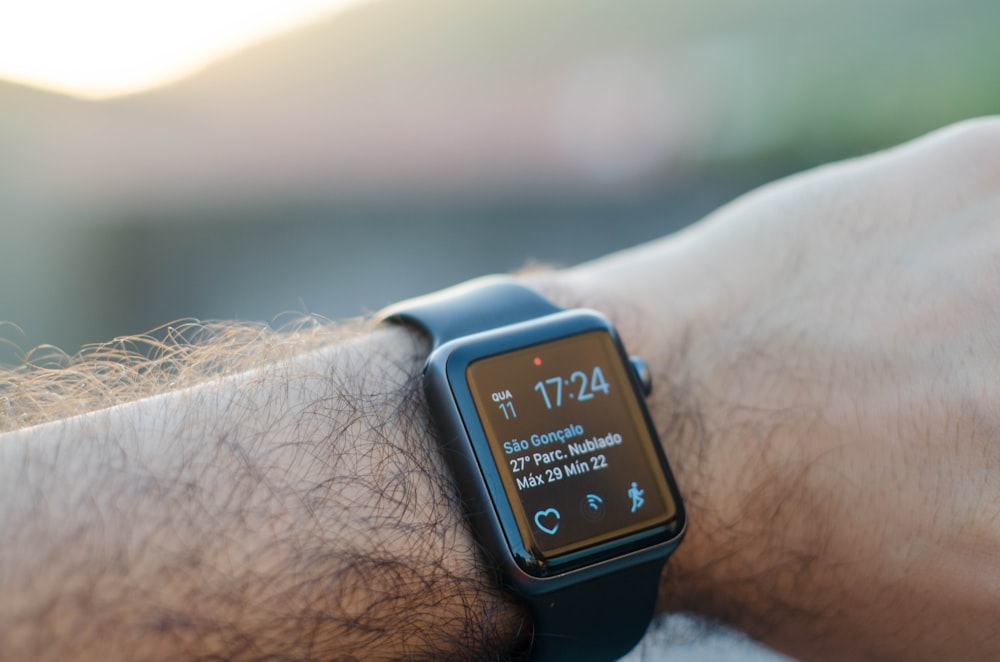As one of the most populous regions in the world, the Southeast Asian healthcare infrastructure has often left a lot to be desired. However, in the last few years it has taken a big leap from the days of hours-long waiting periods to see a medical practitioner, and traveling abroad for expert medical care. Education, startup innovation and technology advancements have spurred the modernization of healthcare systems in Asia, just in time to respond to the region’s rapidly aging population.
The Asian healthcare industry is expected to grow by almost $200 billion by 2020, to an astounding $2.66 trillion. According to the Economic Times report, it is likely driven by improved access to healthcare facilities, increased investments, and government initiatives to promote medical insurance.
In many Southeast Asian countries, healthcare startups are leading the way to modernise the industry. In fact, there was over US$2.5 billion invested in just the first half of 2019 in Asia.
Thanks to the influx of cash and improving infrastructure, healthtech players in the region have been able to make significant improvements to accessibility and quality of care. Emerging tech like AI, and blockchain have also introduced potentially groundbreaking opportunities for the region.
We look at what 2020 has in store for the healthcare industry
The wearable market is growing

Beyond just the fitbit, the wearable market continues to grow. 2019 was a banner year for the industry in Asia with nearly US$7.30 billion spent on devices in 2019 and is expected to continue to growto $8.91 billion by 2024.
The millennial generation has been a big driving force for wearable market, as well as governments and the medical industry as a whole adopting new tech to bring down their diagnostic costs and bring in more patients.
Devices such as home blood glucose testing kits, blood-pressure monitors, and even headbands that measure stress are introducing new innovations to the healthtech wearables market.
Is this the year for telehealth?
Telehealth has continued to grow, but some analysts say it hasn’t reached the point of mass adoption. App-based or video/message consultations have become relatively commonplace in Southeast Asia. Apps that connect patients with doctors through a smartphone have the most potential to solve pressing issues in the region such overcrowding, lack of infrastructure, delays in medication dispensation, and long patient wait times.
A recent Monk’s Hill report highlighted some of the core issues that facess the industry in the region with only 0.8 doctors per 1,000 people, lower than the global average of 1.5 doctors per 1,000, and far behind Singapore’s 2.3 doctors per 1,000 people.

Another issue, though more difficult to define due to varying costs, is the ability for telehealth to defray costs for the patients without impacting the bottom line for doctors and the healthcare industry. Though traditionally lower cost per session, the ability to see more patients should make up for the lower cost per session.
The age of AI and blockchain
Artificial intelligence has disrupted, nay, completely changed multiple industries such as manufacturing, data analytics and much more. Healthcare is potentially the next big industry to go through significant changes.
The potential is obvious, with the ability to analyse large data sets, such as health records, genetic profiles, diagnostic values, clinical trial results and even identify patterns and trends that emerge from the data to draw conclusions faster and more accurately. This can even lead to automated diagnosis and treatment options.
The big pharma companies are already onboard and implementing the technology into the drug development process. The ability to shorten analysis and testing times are allowing drugs to go from development to commercial deployment faster and more affordably.
Blockchain is also a huge opportunity for the industry. Already, blockchain is being used to store patient information, diagnostic test results, and hundreds, if not thousands of sensitive data points that healthcare providers need to access securely.
Governments and private institutions are starting to see the need to adopt these technologies, such as The Philippines and their unified blockchain-based electronic medical record (EMR) system to hold Philippine healthcare records. Also, SGInnovate invested in MediLOT Technologies, a Singapore-based blockchain and healthcare analytics startup to further develop the ecosystem.
